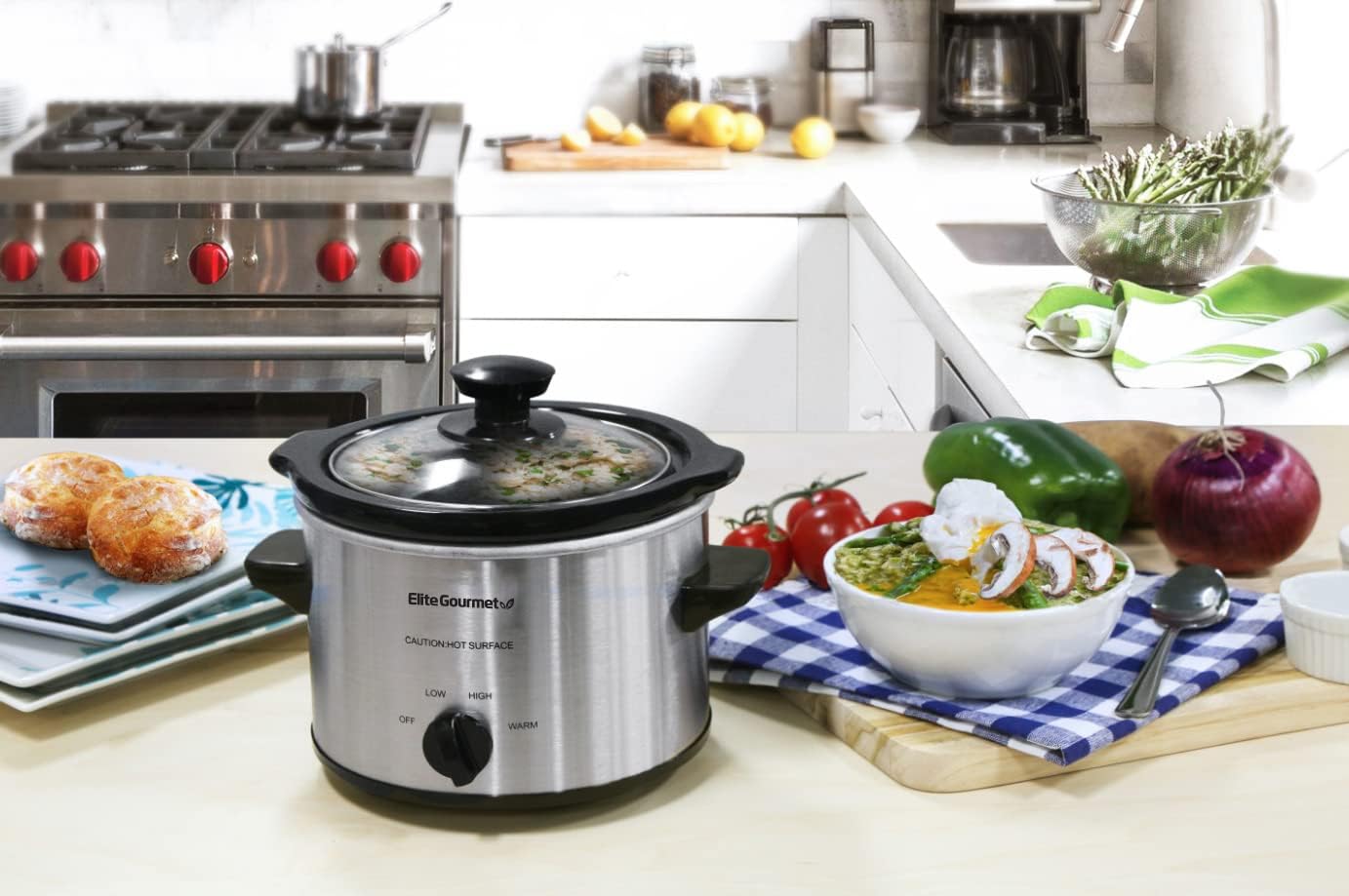

Articles
How Do You Use A Slow Cooker
Modified: February 28, 2024
Looking for articles on how to use a slow cooker? Discover expert tips and delicious recipes for making the most of your slow cooker.
(Many of the links in this article redirect to a specific reviewed product. Your purchase of these products through affiliate links helps to generate commission for Storables.com, at no extra cost. Learn more)
Introduction
Welcome to the world of slow cooking! If you’re looking for an easy and convenient way to prepare delicious meals, then using a slow cooker is the answer. Slow cookers have gained immense popularity in recent years due to their ability to simplify cooking while still producing flavorful and tender dishes.
So, what exactly is a slow cooker? Also known as a crock-pot, a slow cooker is a countertop kitchen appliance that allows you to cook your food at a low and steady temperature over an extended period. Its primary purpose is to help you save time and effort by allowing you to prepare ingredients in the morning and come home to a perfectly cooked meal in the evening.
There are various benefits to using a slow cooker that make it an invaluable addition to any kitchen. To begin with, slow cooking is a hands-off cooking method, meaning you can simply set it and forget it. This is particularly convenient for busy individuals and families who don’t have the time to stand over a stove or monitor a meal constantly. Additionally, slow cooking allows flavors to develop and meld together over a longer cooking time, resulting in mouthwatering dishes that are rich in taste.
Another advantage of slow cookers is their versatility. You can use them to make a wide range of dishes, from hearty stews and soups to succulent roasts and even desserts. They are also great for meal prepping, as you can cook larger quantities of food and store leftovers for later use. Slow cookers are particularly useful during the colder months, as they can help create warm and comforting meals that are perfect for cozy nights in.
Before you embark on your slow cooking journey, it’s important to choose the right slow cooker that suits your needs. Slow cookers come in different sizes, ranging from small ones ideal for singles or couples to larger ones that can feed a family. Consider the size of your household and your cooking requirements when making a selection. Additionally, look for features such as programmable timers, temperature settings, and removable inserts for easy cleaning.
In the upcoming sections of this article, we will explore how to prepare and use a slow cooker effectively, providing you with useful tips and recipes to maximize your slow cooking experience. So, get ready to elevate your culinary skills and discover the amazing world of slow cooking.
Key Takeaways:
- Slow cookers offer convenience, enhanced flavors, and time-saving benefits, making them a must-have kitchen appliance for busy individuals and families.
- Choosing the right slow cooker, proper preparation, and following basic operation steps are essential for successful and flavorful slow cooking experiences.
Read more: How Do You Make Spaghetti In A Slow Cooker
What is a slow cooker?
A slow cooker, also known as a crock-pot, is a kitchen appliance designed to cook food at a low and consistent temperature. It consists of a removable cooking pot, which is usually made of ceramic or metal, and a heating element housed within the appliance’s outer casing. Slow cookers typically have a glass lid that allows you to monitor the cooking process without lifting it.
The concept behind a slow cooker is to provide a convenient and efficient way to prepare meals with minimal effort. Unlike other cooking methods that require constant attention and monitoring, slow cookers allow for hands-off cooking. You simply need to place the ingredients in the pot, set the desired temperature and cooking time, and let the cooker do the rest.
Slow cookers are designed to cook food slowly over an extended period, typically ranging from four to ten hours, depending on the recipe and settings. By cooking food slowly at a low temperature, the flavors have ample time to develop and blend together, resulting in tender, flavorful, and moist dishes.
One of the key advantages of using a slow cooker is its versatility. It can be used to prepare a wide variety of dishes, including soups, stews, chili, roasts, poultry, and even desserts. Whether you’re craving a comforting bowl of beef stew on a chilly evening or a moist and tender pot roast for Sunday dinner, a slow cooker can deliver satisfying results.
The slow cooking process allows for effortless meal preparation and planning. You can easily prep ingredients in the morning, set the slow cooker to the desired settings, and come home to a deliciously cooked meal in the evening. This convenience makes slow cookers particularly popular among busy individuals, working parents, and anyone who wants to simplify their cooking routine.
In addition to its convenience, using a slow cooker is also energy-efficient. Slow cookers use less electricity compared to traditional ovens and stovetops, as they operate at lower temperatures and for longer periods. This can help reduce energy costs while still achieving flavorful and satisfying meals.
Overall, a slow cooker is a versatile and time-saving kitchen appliance that can revolutionize your cooking experience. With its ability to create delicious and tender meals with minimal effort, it’s no wonder that slow cookers have become a staple in kitchens around the world.
Benefits of using a slow cooker
Using a slow cooker to prepare your meals comes with a multitude of benefits. Let’s dive into some of the advantages that make it a worthwhile investment for any home cook:
- Convenience: One of the greatest benefits of using a slow cooker is the convenience it offers. With a slow cooker, you can simply add your ingredients, set the cooking time and temperature, and let it do all the work. There’s no need to constantly monitor the dish or stir it like you would with traditional cooking methods. You can go about your day, run errands, or even leave the house while your meal is simmering away.
- Time-saving: Slow cookers are a time-saving kitchen appliance. By cooking food slowly over several hours, you can tenderize tough cuts of meat and allow flavors to develop without spending much active time in the kitchen. It’s perfect for busy individuals and families who want to enjoy a home-cooked meal without the fuss and time commitment.
- Enhanced Flavors: The slow and gentle cooking process of a slow cooker allows flavors to meld together and intensify. It creates rich, complex, and well-developed flavors in your dishes. This is especially true when it comes to recipes with spices and herbs. The low, steady heat helps extract and infuse the flavors into the food, resulting in deliciously aromatic and flavorful meals.
- Tenderizes Meat: Slow cooking is particularly beneficial for tough cuts of meat. The low temperature and long cooking time break down the connective tissues and collagen, resulting in tender and moist meat. Whether you’re cooking beef, pork, or poultry, a slow cooker can transform even the toughest cuts into succulent and melt-in-your-mouth delights.
- Healthier Cooking: Slow cooking is a healthier alternative to frying or sautéing as it requires little to no added fat. The natural juices and flavors of the ingredients are retained, eliminating the need for excessive oils or fats. Also, cooking at low temperatures helps preserve the nutrients and vitamins in your food, ensuring you’re getting the most nutritional value out of your meals.
- Energy Efficient: Slow cookers are energy-efficient appliances. They use significantly less electricity compared to ovens and stovetops since the cooking process is longer and at lower temperatures. This can help reduce energy consumption and lower your utility bills.
- Meal Planning and Batch Cooking: Slow cookers are excellent tools for meal planning and batch cooking. You can easily prepare large batches of food and portion them out for future meals or freeze them for later use. This is incredibly convenient for individuals or families with busy schedules or for those who want to have meals ready to go on busy weeknights.
Incorporating a slow cooker into your kitchen arsenal offers numerous benefits, from effortless cooking and enhanced flavors to time and energy savings. Embrace the convenience and deliciousness of slow cooking, and you’ll be amazed at the incredible dishes you can create with ease.
Choosing the right slow cooker
When it comes to choosing the right slow cooker, there are a few factors to consider to ensure you find the perfect fit for your cooking needs. Here are some key points to keep in mind:
- Size: Slow cookers come in a range of sizes, from small ones designed for singles or couples to larger ones suitable for families or batch cooking. Consider the number of people you typically cook for and the portion sizes you require. A 4 to 6-quart slow cooker is usually sufficient for most households, but if you often entertain guests or enjoy leftovers, you may want to opt for a larger size.
- Design and Features: Look for a slow cooker with user-friendly features that make cooking and cleanup easier. Programmable timers allow you to set the cooking time and temperature, so you don’t have to manually monitor the process. Some models offer multiple heat settings, such as low, high, and keep warm, providing flexibility in cooking different recipes. Removable inserts are also desirable as they make cleaning the slow cooker a breeze.
- Shape: Slow cookers are available in oval and round shapes. Oval-shaped cookers are ideal for cooking larger pieces of meat, such as roasts or whole chickens, while round-shaped cookers work well for stews, soups, and casseroles. Consider the types of dishes you’re likely to prepare and choose a shape that accommodates your cooking preferences.
- Budget: Slow cookers come in a range of price points, so it’s important to set a budget and find a model that fits within your financial means. Remember that higher-priced slow cookers often offer more advanced features and durability, but there are also budget-friendly options that can still deliver excellent results.
- Brand and Reviews: Research different brands and read customer reviews to get a sense of the quality and reliability of the slow cooker you’re interested in. Look for reputable brands known for their durability and performance. Additionally, customer reviews can provide valuable insights into the cooking performance, ease of use, and overall satisfaction of users.
Take your time to assess your needs and compare different models before making a purchase. Consider the size, design features, shape, budget, and brand reputation to find a slow cooker that aligns with your cooking style and requirements.
A well-chosen slow cooker will become a versatile and reliable companion in your kitchen, helping you create delicious and effortless meals for years to come. So, invest your time in finding the right one, and get ready to embark on a slow cooking journey filled with flavor and convenience.
Preparing your slow cooker
Before you start using your slow cooker, it’s important to properly prepare it to ensure safe and efficient cooking. Follow these steps to get your slow cooker ready for use:
- Read the Manual: Familiarize yourself with the instructions and guidelines provided by the manufacturer. Each slow cooker may have specific recommendations and safety precautions, so it’s crucial to read and understand the manual before using the appliance.
- Wash the Removable Pot: Remove the pot from the slow cooker base and wash it thoroughly with warm soapy water. Rinse it well and dry it completely before placing it back into the cooker. This step ensures that your slow cooker is clean and ready for use.
- Check the Heating Element: Inspect the heating element and ensure it’s clean and free from any debris or buildup. If you notice any residue, gently wipe it away with a damp cloth. A clean heating element ensures even and consistent cooking.
- Preheat (optional): While preheating is not necessary for all recipes, some experts suggest preheating the slow cooker before adding ingredients, especially for dishes that require a longer cooking time. Check the recipe or refer to the manual to determine if preheating is recommended.
- Layer Ingredients Properly: Follow the recipe instructions when layering ingredients in the slow cooker. Generally, it’s best to start with the meat or dense vegetables at the bottom and add other ingredients on top. Distribute the ingredients evenly to ensure thorough cooking and avoid overcrowding the slow cooker.
- Add Liquid: Most slow cooker recipes require some amount of liquid to prevent the ingredients from drying out. This can be broth, stock, water, or even sauce. The liquid will create steam and help keep the food moist during the long cooking process.
- Secure the Lid: Place the lid securely on the slow cooker to create a tight seal. This allows the heat to circulate properly and ensures even cooking. Avoid opening the lid unnecessarily during the cooking process, as it can significantly impact the cooking time and result in unevenly cooked food.
- Set the Cooking Time and Temperature: Depending on the recipe, set the desired cooking time and temperature on your slow cooker. Most slow cookers offer low, high, and keep warm settings. Adjust the settings based on the recipe’s requirements and the time you have available for cooking.
Once you’ve prepared your slow cooker and added the ingredients, all that’s left to do is let it work its magic. Remember to follow food safety guidelines and ensure the food reaches a safe internal temperature before serving.
By properly preparing your slow cooker and following these steps, you’ll be well on your way to enjoying delicious, tender, and flavorful meals with minimal effort and maximum satisfaction.
When using a slow cooker, make sure to layer the ingredients with the meat at the bottom and the vegetables on top to ensure even cooking. This will help prevent overcooking the vegetables and keep the meat tender.
Read more: How Long Do You Cook A Ham In A Slow Cooker
Basic operation of a slow cooker
Using a slow cooker is incredibly simple and straightforward. Once your ingredients are prepared and your slow cooker is ready to go, follow these basic steps to operate your slow cooker:
- Add ingredients: Place your prepped ingredients into the slow cooker. Start with the meat or dense vegetables at the bottom, followed by the rest of the ingredients as specified in your recipe. Ensure that the ingredients are distributed evenly and avoid overcrowding the slow cooker.
- Add liquid: Most slow cooker recipes require some amount of liquid to prevent the ingredients from drying out during the long cooking process. Add broth, stock, water, or your choice of sauce to provide moisture and enhance the flavors.
- Secure the lid: Place the lid securely on the slow cooker to create a tight seal. This will trap the heat and moisture inside, allowing the food to cook evenly and retain its flavors.
- Select the cooking setting: Depending on your recipe and the cooking time available, choose the appropriate cooking setting on your slow cooker. Most slow cookers offer low and high heat settings, and some may have additional settings like a keep warm function.
- Set the cooking time: Set the cooking time according to your recipe. Slow cookers generally have a timer or timer dial that allows you to select the desired cooking duration. Keep in mind that cooking times can vary depending on the recipe and the size of your slow cooker.
- Allow the slow cooker to work: Once you have set the cooking time and temperature, let the slow cooker do its job. Avoid opening the lid during the cooking process, as this will release the heat and extend the cooking time. Trust the slow cooker to work its magic and transform your ingredients into a delicious meal.
- Check for doneness: Towards the end of the cooking time, you may want to check for doneness, especially if you are following a new recipe or trying out something for the first time. Use a meat thermometer to check the internal temperature of meat or poultry, ensuring it reaches a safe temperature. Vegetables should be tender and cooked to your liking.
- Enjoy your meal: Once your slow cooker has completed the cooking process and your food is cooked to perfection, it’s time to enjoy your meal. Carefully remove the lid and serve your slow-cooked creation. The flavors will be rich, the meats will be tender, and the aromas will be irresistible.
Remember, each slow cooker may have slight variations in terms of settings and cooking times, so it’s important to refer to the specific instructions provided by the manufacturer and follow your recipe’s guidelines for optimal results.
The basic operation of a slow cooker is designed to make your cooking experience effortless and convenient. Sit back, relax, and let your slow cooker work its magic, transforming simple ingredients into delectable meals with minimum effort and maximum flavor.
Tips for successful slow cooking
Slow cooking is a fantastic way to create delicious and flavorful meals with minimal effort. To ensure your slow cooking adventures are a success, here are some valuable tips to keep in mind:
- Choose the right cuts of meat: Opt for tougher cuts of meat, such as chuck roast, brisket, or shoulder, as they benefit from the slow and gentle cooking process. These cuts contain more connective tissue, and the long cooking time helps break it down, resulting in tender and flavorful meat.
- Sear meat before slow cooking: For an extra layer of flavor, consider searing the meat before adding it to the slow cooker. Searing helps caramelize the surface and adds richness to the final dish. Simply heat a skillet over medium-high heat, add a little oil, and sear the meat on all sides until browned before transferring it to the slow cooker.
- Layer ingredients properly: Layer the ingredients in the slow cooker thoughtfully. Place the meat or dense vegetables at the bottom, followed by softer vegetables and seasonings. This allows for even cooking and optimum flavor distribution.
- Avoid overcrowding the slow cooker: Ensure there is enough space in the slow cooker for the ingredients to cook properly. Overcrowding can lead to uneven cooking and affect the final texture and flavor of the dish. If needed, use multiple batches or larger slow cookers for larger quantities.
- Use the right amount of liquid: Slow cookers require less liquid compared to other cooking methods. Start with the recommended amount of liquid in your recipe, and if needed, adjust it based on your preference and the recipe’s requirements. Remember that slow cooking retains moisture, so you may need less liquid than traditional cooking methods.
- Minimize opening the lid: Avoid opening the lid unnecessarily during the cooking process. Each time you lift the lid, heat escapes, and it takes time for the slow cooker to regain its cooking temperature. Only open the lid when necessary, such as for adding ingredients or checking for doneness towards the end of the cooking time.
- Add delicate ingredients later: Delicate ingredients like fresh herbs, dairy products, and seafood are best added towards the end of the cooking time. This helps preserve their flavors and textures, preventing them from becoming overcooked or losing their vibrancy.
- Adjust seasonings at the end: Slow cooking can sometimes dull the flavors of seasonings. Before serving, taste your dish and adjust the seasonings if needed. Add salt, pepper, herbs, or spices to enhance the flavors and make them pop.
- Finish with fresh ingredients: To add brightness and freshness to your slow-cooked dishes, consider adding fresh ingredients just before serving. This could be a sprinkle of chopped herbs, a squeeze of citrus juice, or a dollop of sour cream. These finishing touches can elevate the flavors and enhance the overall appeal of the dish.
- Experiment and have fun: Slow cooking is a versatile and forgiving cooking method, so don’t be afraid to experiment with different ingredients and flavors. Feel free to adapt recipes to your taste preferences or create your own slow cooker masterpieces. Embrace the process, have fun with it, and enjoy the delicious results.
By following these tips, you’ll be well on your way to achieving successful and flavorful slow-cooked meals that will impress your family and friends. So, grab your slow cooker, get creative, and savor the incredible flavors that slow cooking can deliver.
Slow cooker recipes
Now that you’re familiar with the benefits and tips for successful slow cooking, it’s time to explore some delicious recipes that you can prepare in your slow cooker. Here are a few classic slow cooker recipes to get you started:
- Beef Stew: Nothing beats a hearty and comforting beef stew cooked low and slow. Brown chunks of beef in a skillet, then transfer them to your slow cooker along with potatoes, carrots, onions, and your choice of seasonings. Add beef broth, tomato paste, and herbs like thyme and rosemary. Let it cook on low for about 8 hours or high for 4-6 hours until the beef is tender and the flavors have melded together.
- Pulled Pork: Create tender and flavorful pulled pork by seasoning a pork shoulder with your favorite spices, such as paprika, garlic powder, salt, and pepper. Place the pork in the slow cooker and add a mixture of barbecue sauce, apple cider vinegar, and brown sugar. Cook on low for 8-10 hours or high for 4-6 hours until the pork is fork-tender. Shred the meat and mix it with the sauce for a mouthwatering pulled pork sandwich or serve it alongside coleslaw and cornbread.
- Chicken Noodle Soup: Make a comforting batch of chicken noodle soup by adding chicken breasts, carrots, celery, onion, garlic, thyme, and bay leaves to your slow cooker. Cover with chicken broth and let it cook on low for 6-8 hours or high for 3-4 hours until the chicken is cooked through and the flavors have developed. Shred the chicken, add cooked noodles, and adjust the seasoning as needed for a satisfying and nourishing soup.
- Vegetable Curry: Create a flavorful and aromatic vegetable curry by combining your choice of vegetables like potatoes, carrots, bell peppers, and cauliflower with curry paste, coconut milk, and vegetable broth in the slow cooker. Add spices like turmeric, cumin, and coriander for extra depth of flavor. Cook on low for 6-8 hours or high for 3-4 hours until the vegetables are tender and infused with the curry flavors. Serve over steamed rice or with naan bread.
- Apple Cinnamon Oatmeal: Wake up to a warm and comforting bowl of apple cinnamon oatmeal. Combine rolled oats, diced apples, cinnamon, a touch of sweetener like maple syrup or brown sugar, and milk in your slow cooker. Cook on low for 6-8 hours or on high for 3-4 hours for a creamy and flavorful breakfast treat. Serve with a sprinkle of nuts, a drizzle of honey, or a dollop of Greek yogurt for added texture and flavor.
These are just a few examples of the countless recipes you can create in your slow cooker. From soups and stews to roasts and desserts, the possibilities are endless. Feel free to explore different flavors, ingredients, and cuisines to find your personal favorites.
Remember to adjust cooking times based on your specific slow cooker and the recipe you’re following. And, of course, don’t forget to savor every delicious bite of your slow-cooked creations!
Cleaning and maintenance
Proper cleaning and maintenance of your slow cooker are essential to ensure its longevity and optimal performance. Follow these tips to keep your slow cooker in great condition:
- Unplug and cool down: Before cleaning your slow cooker, always unplug it from the power source and allow it to cool down completely. This ensures your safety and protects you from any potential burns.
- Remove and wash the insert: The insert, typically made of ceramic or metal, is removable and should be washed separately from the rest of the slow cooker. Most inserts are dishwasher safe, but it’s always best to check the manufacturer’s instructions. Alternatively, you can wash the insert by hand using warm soapy water, rinse thoroughly, and dry it completely.
- Clean the cooker base: Wipe down the slow cooker base with a damp cloth or sponge. Make sure to remove any food particles or spills that may have accumulated during cooking. Be careful around the heating element and control panel, avoiding direct contact with water.
- Remove stubborn stains: If you encounter stubborn stains or food residue on the slow cooker, you can create a paste using baking soda and water. Apply the paste to the affected areas, let it sit for a few minutes, then scrub gently with a sponge or brush. Rinse thoroughly and dry.
- Handle the lid with care: Slow cooker lids are typically made of glass or plastic and should be handled with care. Clean the lid with warm soapy water or in the dishwasher, depending on the manufacturer’s instructions. Avoid sudden temperature changes, such as placing a hot lid in cold water, as it may cause cracking or damage.
- Store properly: When not in use, make sure to store your slow cooker in a safe and dry place. Keep the lid and the base together to avoid misplacement. If your slow cooker has a cord, wrap it neatly and secure it with a twist tie or cord organizer.
- Regular maintenance: Regularly check for any signs of wear and tear, such as worn-out cords or loose handles. If you notice any issues, contact the manufacturer for guidance or consider replacing the slow cooker if necessary. It’s also a good idea to refer to the manufacturer’s instructions for any specific maintenance recommendations.
By following these cleaning and maintenance tips, you can keep your slow cooker in excellent condition and ensure its longevity. A well-maintained slow cooker will continue to provide you with delicious meals for years to come.
Remember, always refer to the specific instructions provided by the manufacturer for cleaning and maintenance recommendations, as different models may have unique requirements. Happy slow cooking and happy cleaning!
Read more: How Much Liquid Do You Need In A Slow Cooker
Conclusion
Slow cookers are a game-changer in the kitchen, offering convenience, flavorful meals, and time-saving solutions for home cooks of all levels of expertise. With their gentle and steady cooking method, slow cookers allow you to effortlessly create delicious and tender dishes, even with the busiest of schedules.
In this article, we’ve explored the world of slow cookers, from understanding what they are and the benefits they offer, to choosing the right one for your needs and mastering their basic operation. We’ve also provided valuable tips for successful slow cooking, shared some versatile recipes to try, and discussed the importance of proper cleaning and maintenance for your slow cooker.
Using a slow cooker not only saves time, but it also produces meals that are flavorful, tender, and full of depth. The convenience of being able to prep ingredients in the morning and come home to a deliciously cooked meal in the evening is unparalleled. With a wide range of recipes available, you can explore various cuisines, experiment with flavors, and create memorable dishes for yourself, your family, and your friends.
Remember to embrace the versatility of your slow cooker, adjust cooking times based on your specific model, and have fun with your culinary adventures. Whether you’re cooking a comforting stew, a succulent roast, or a delightful dessert, the slow cooker is your secret weapon to creating remarkable meals without the stress and hassle of traditional cooking methods.
So, dust off your slow cooker, gather your ingredients, and let the magic of slow cooking transform your kitchen. Enjoy the mouthwatering aromas, savor the incredible flavors, and delight in the joy of effortless cooking. Happy slow cooking!
Frequently Asked Questions about How Do You Use A Slow Cooker
Was this page helpful?
At Storables.com, we guarantee accurate and reliable information. Our content, validated by Expert Board Contributors, is crafted following stringent Editorial Policies. We're committed to providing you with well-researched, expert-backed insights for all your informational needs.
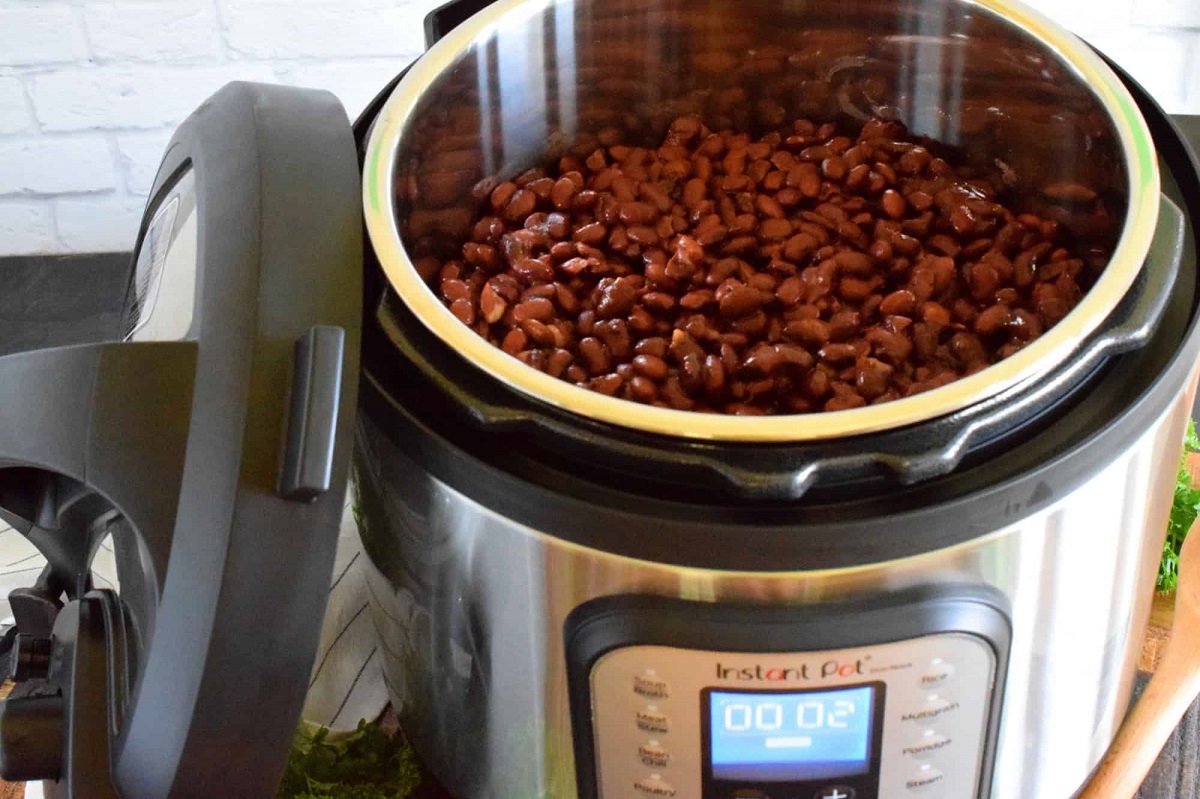
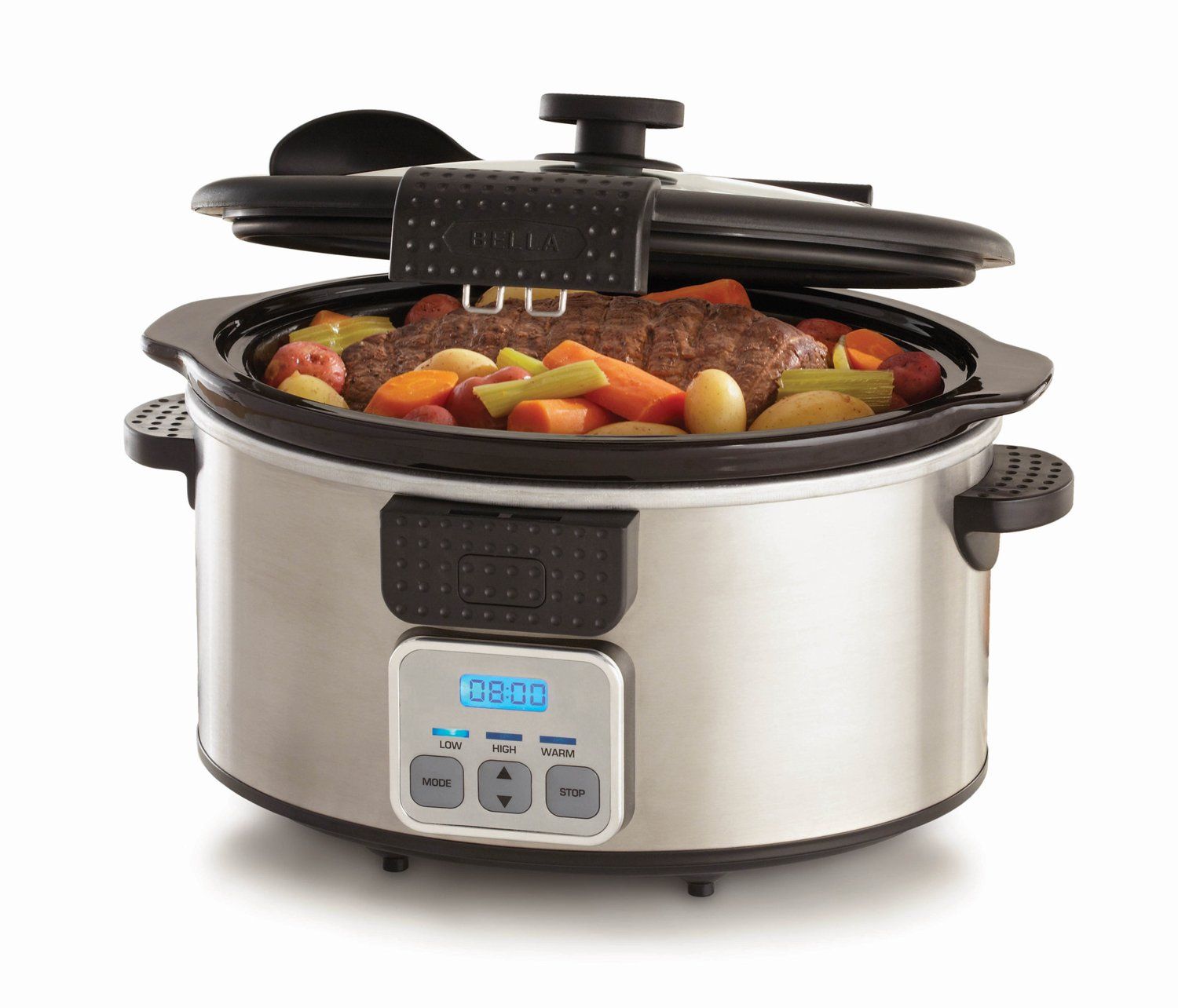
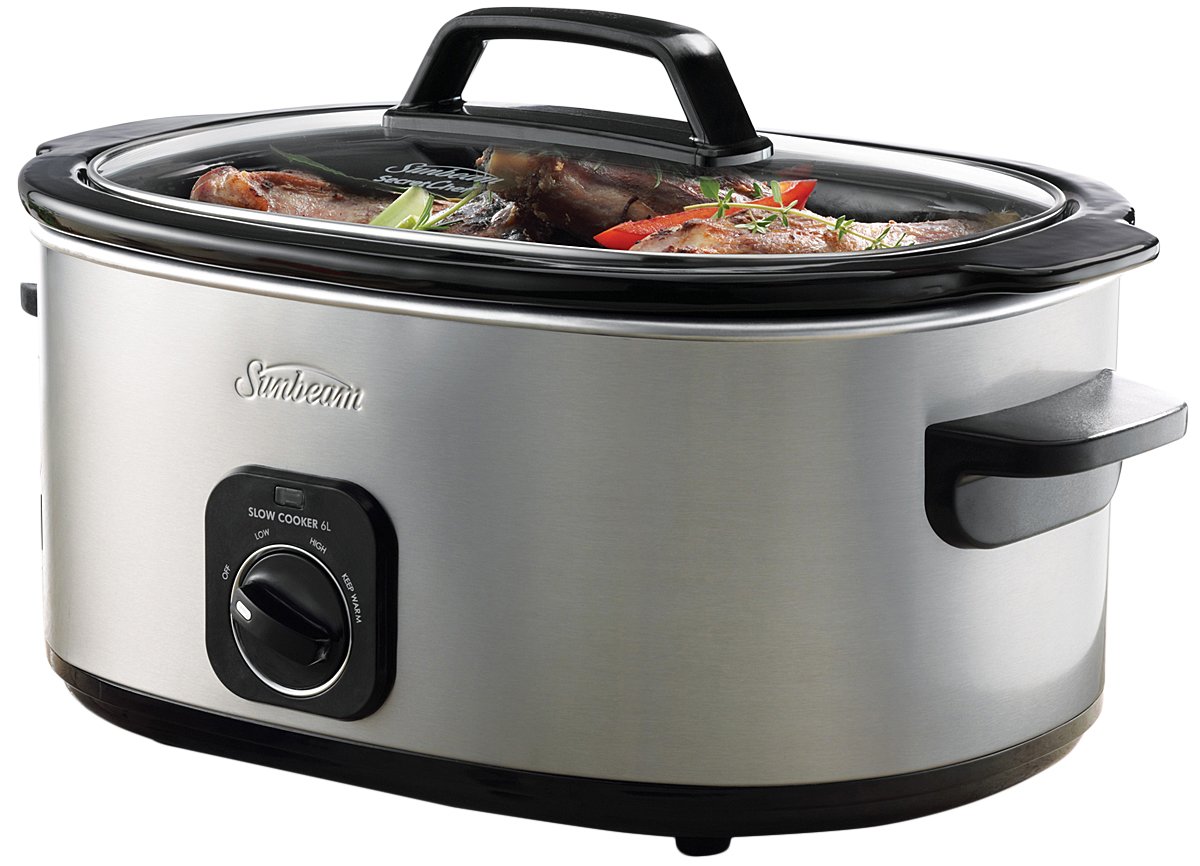
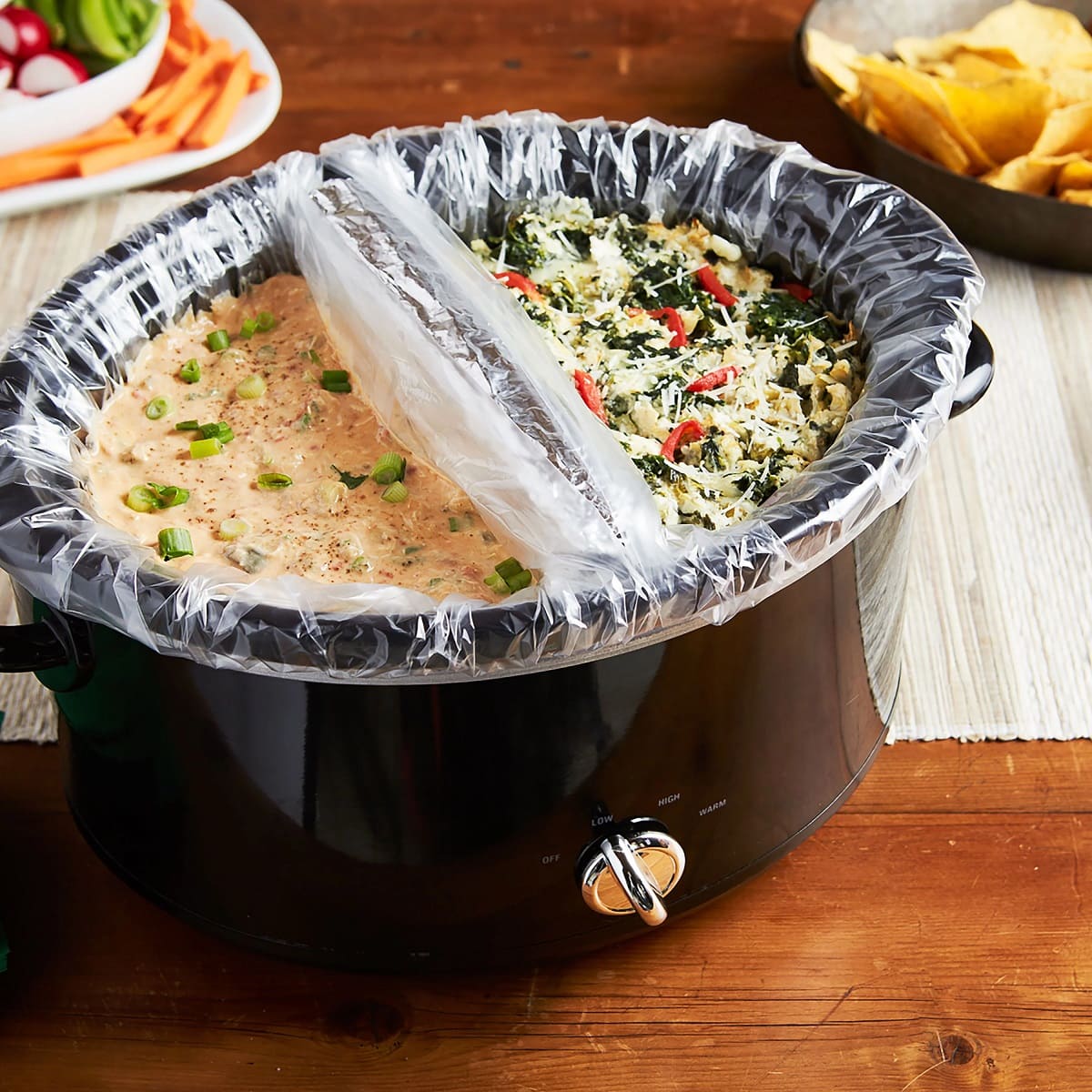
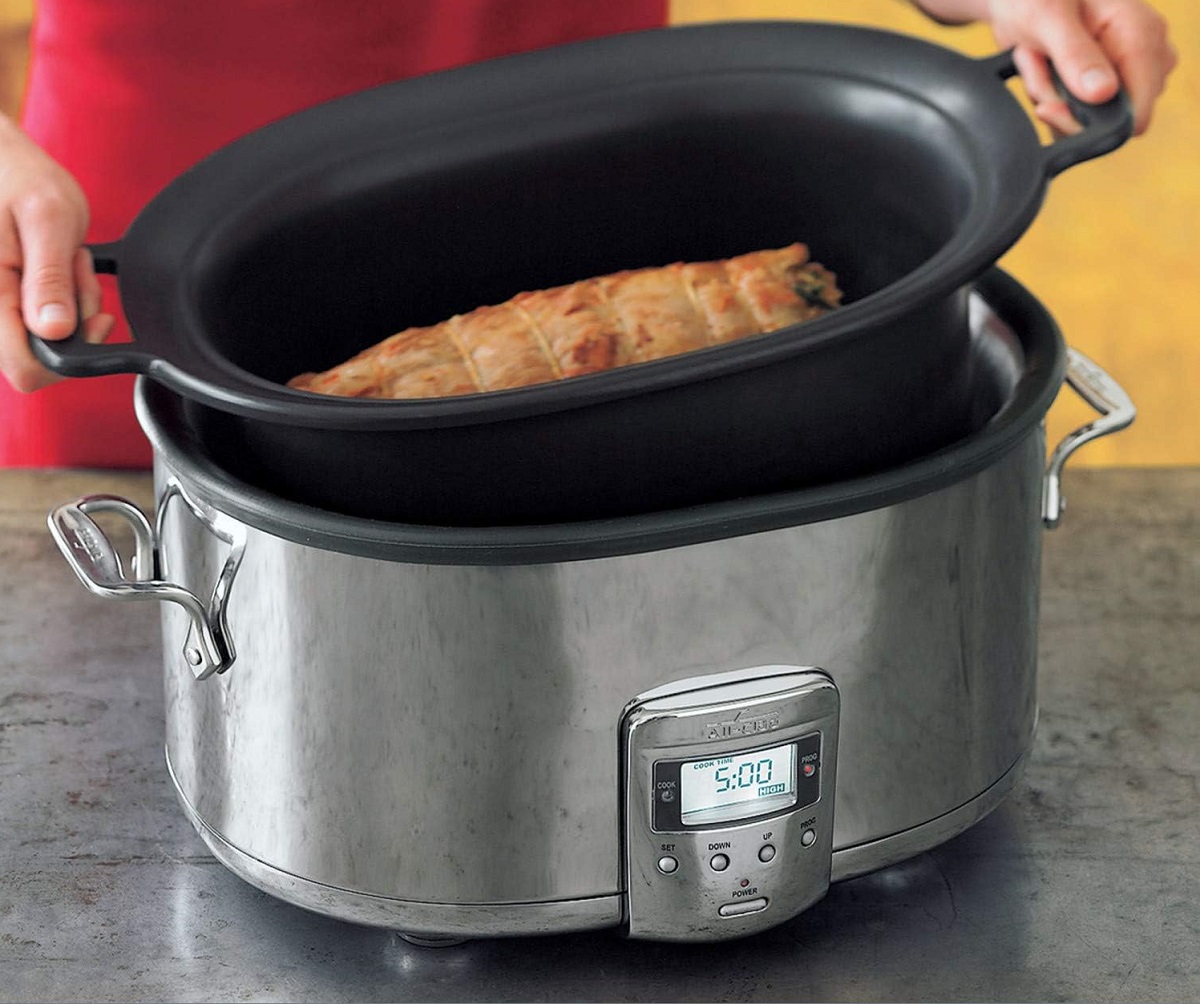
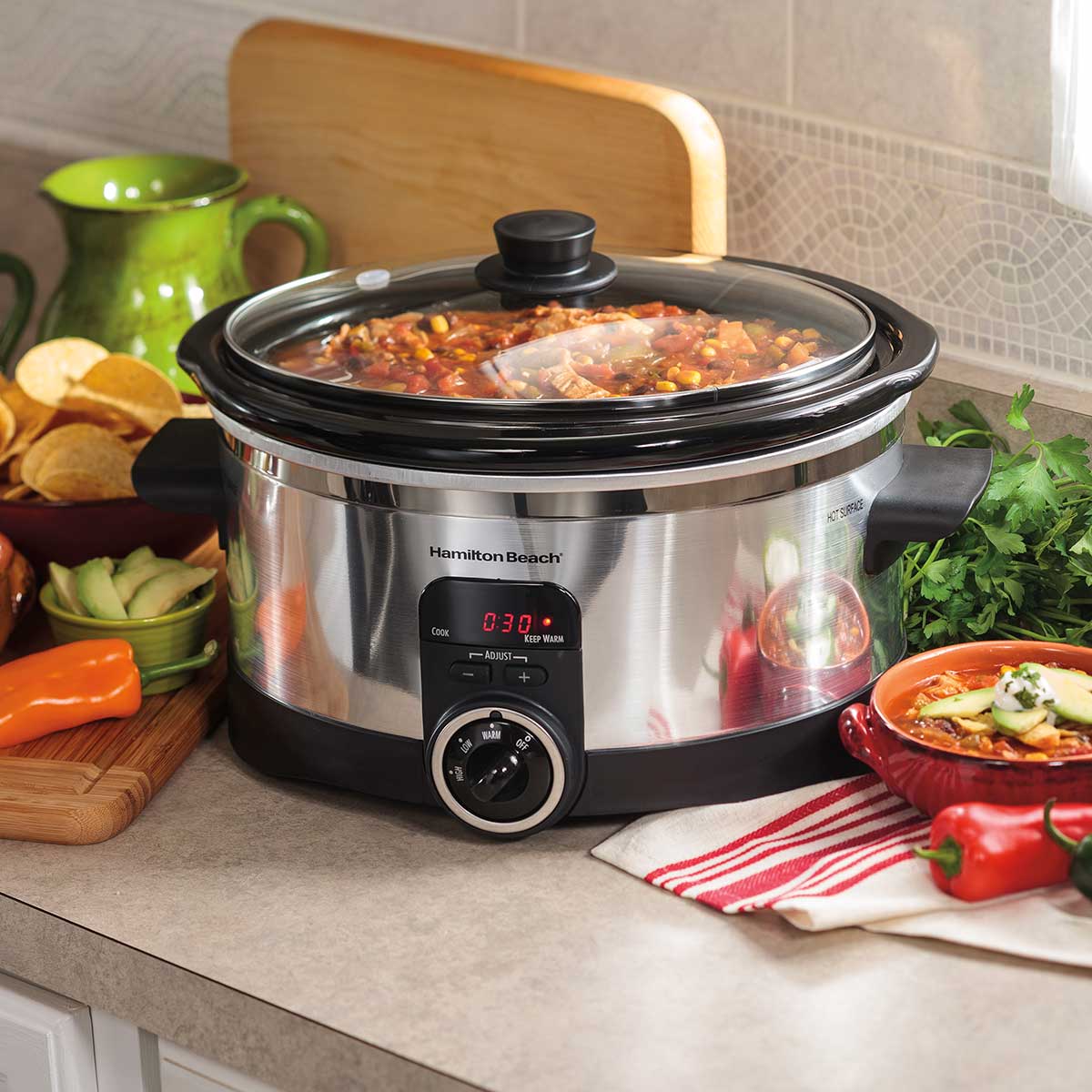
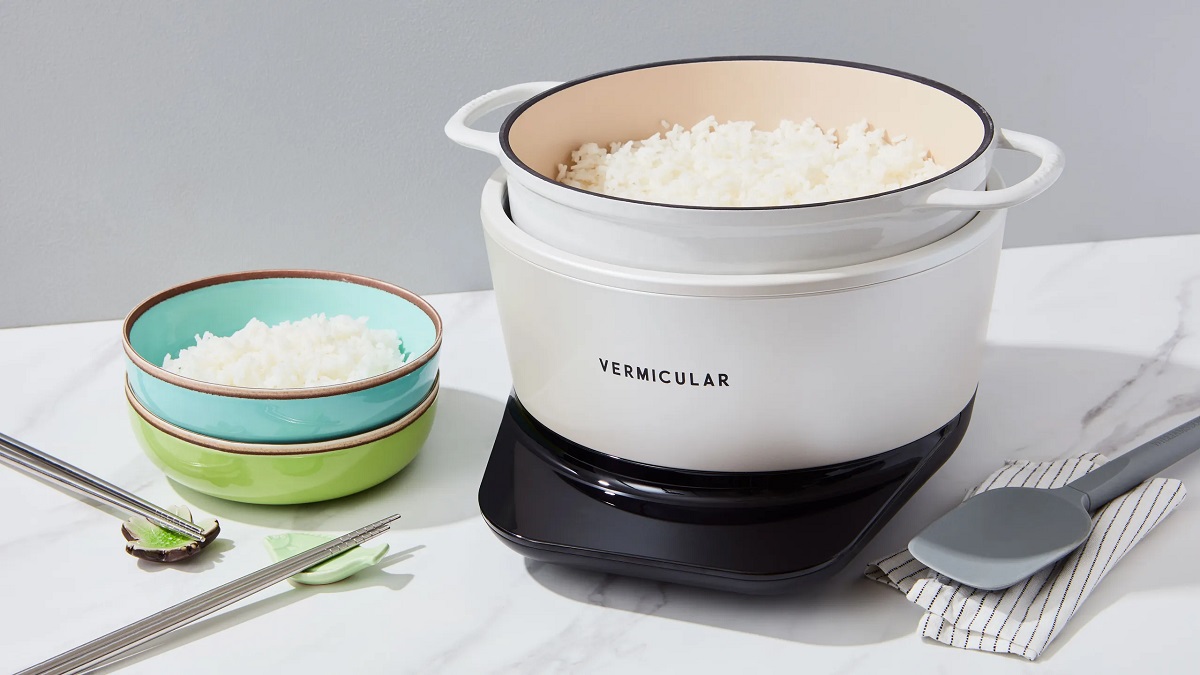
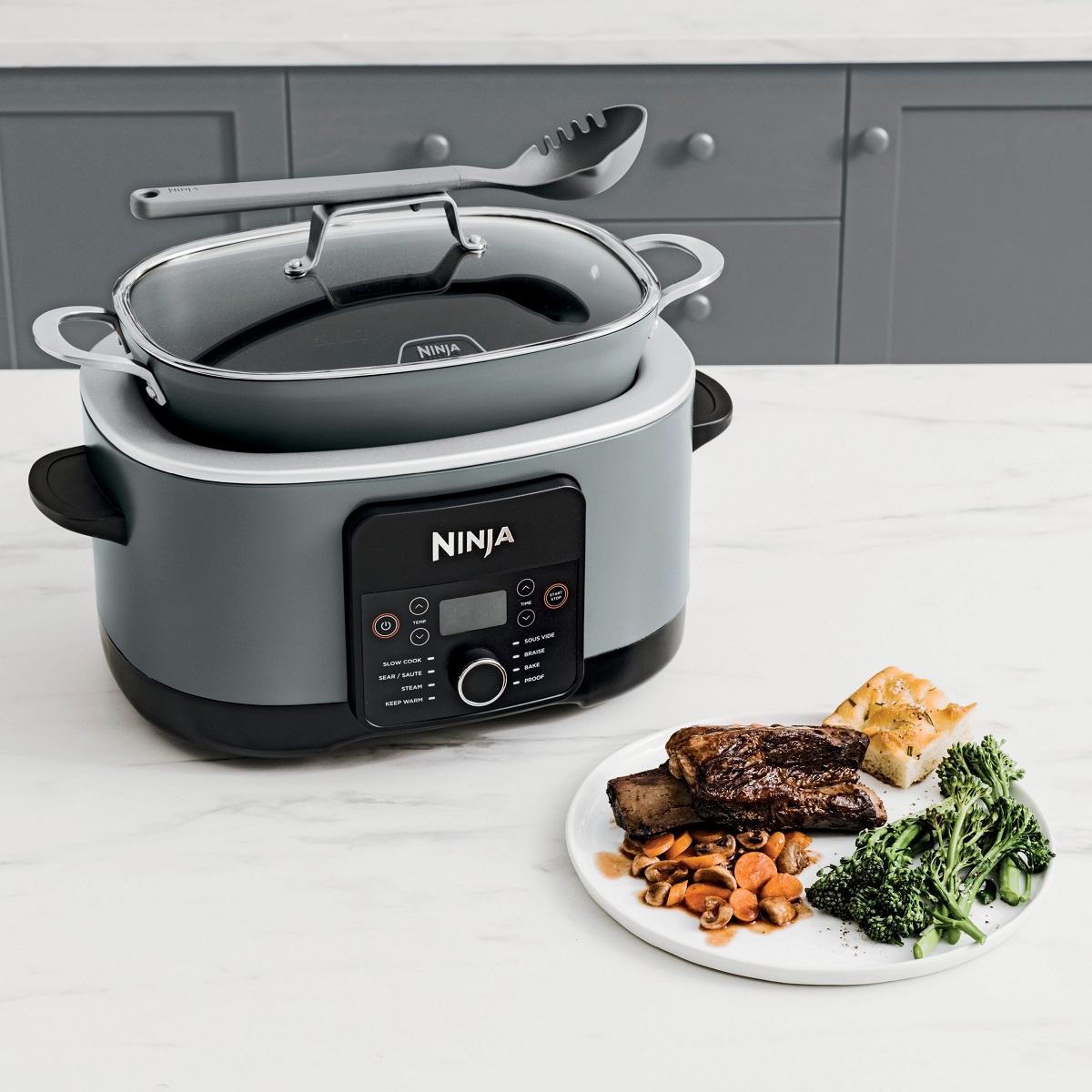
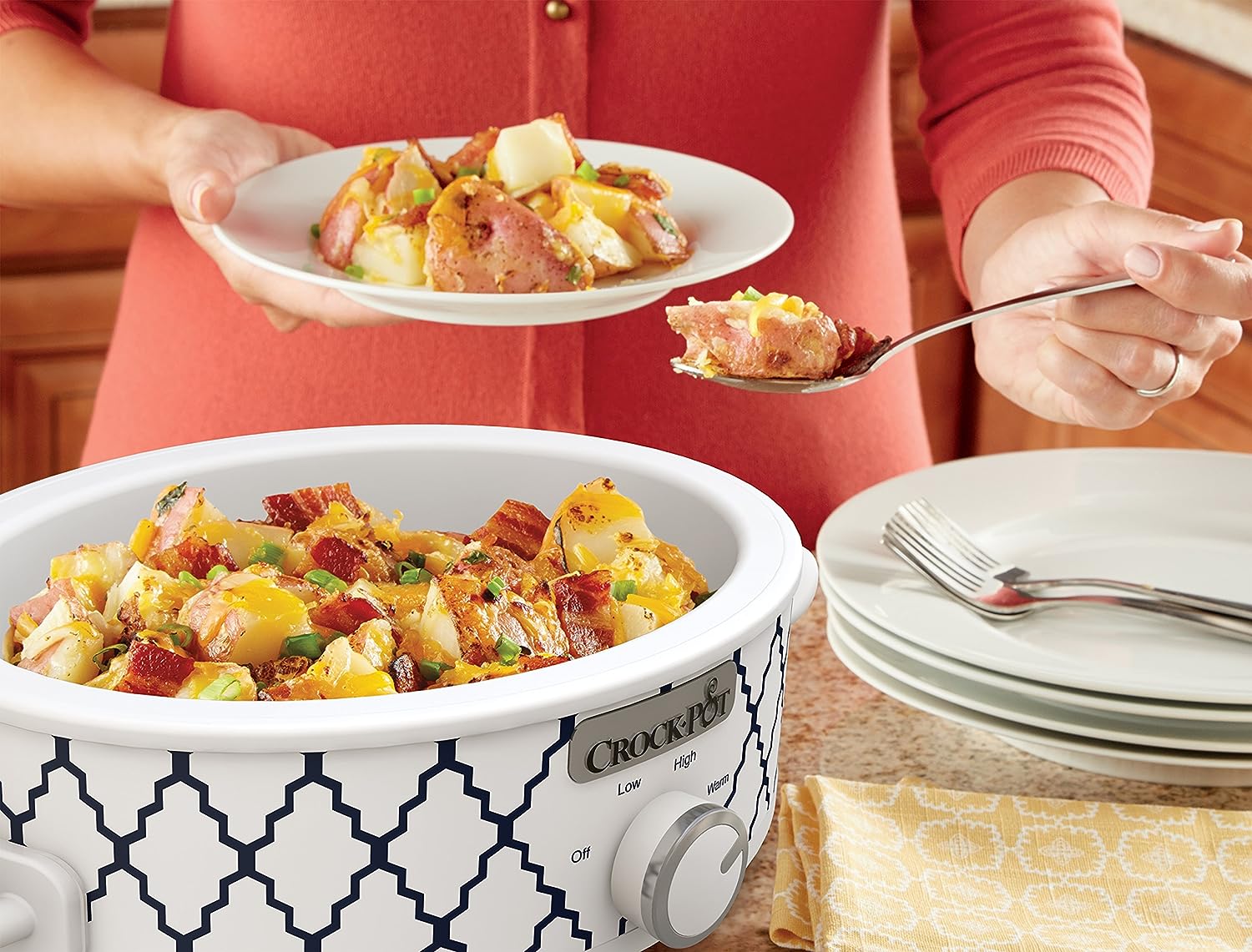
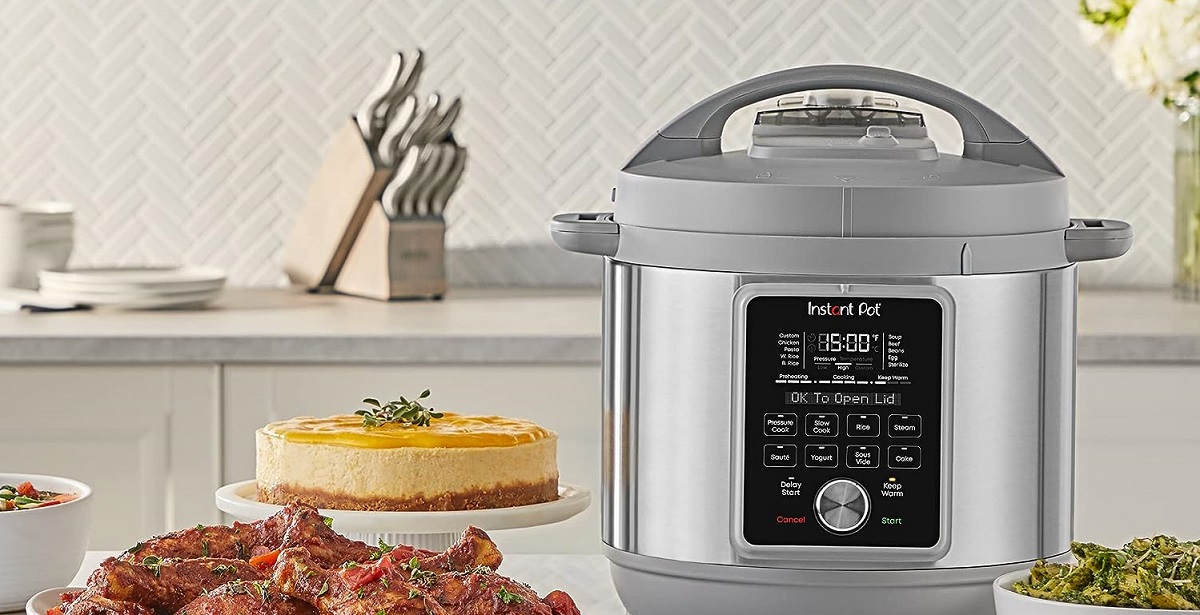
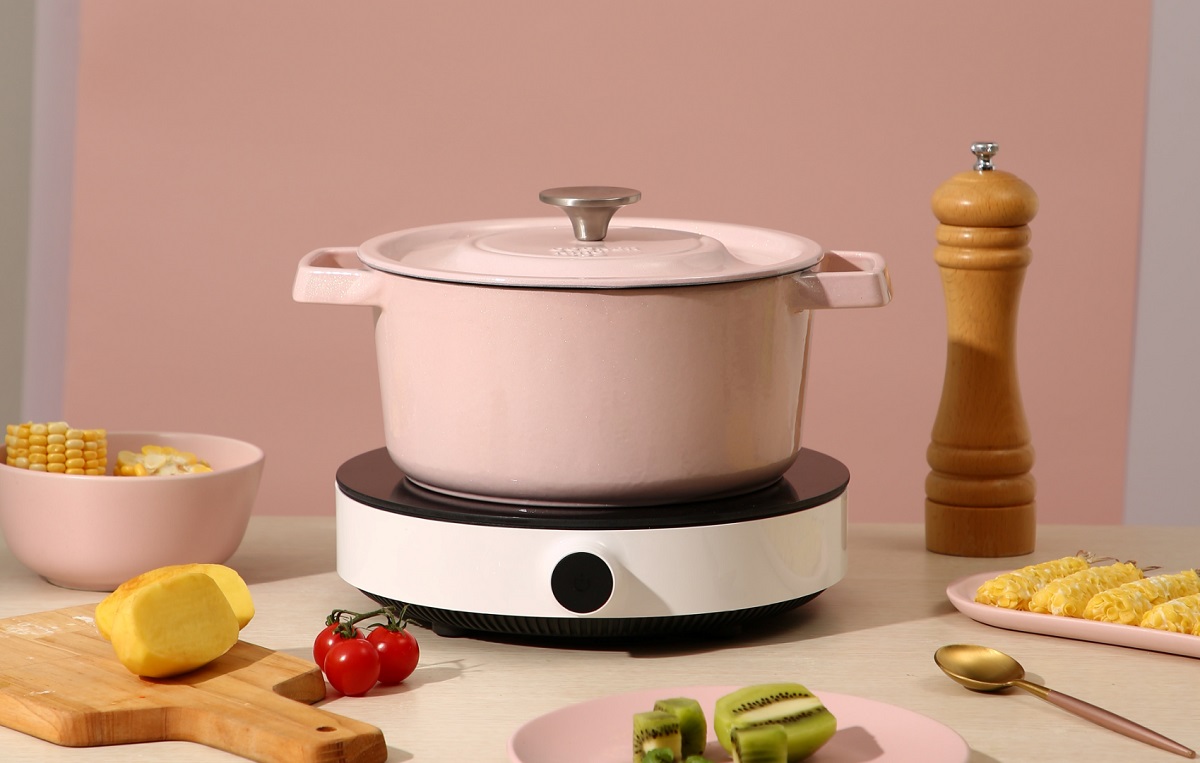
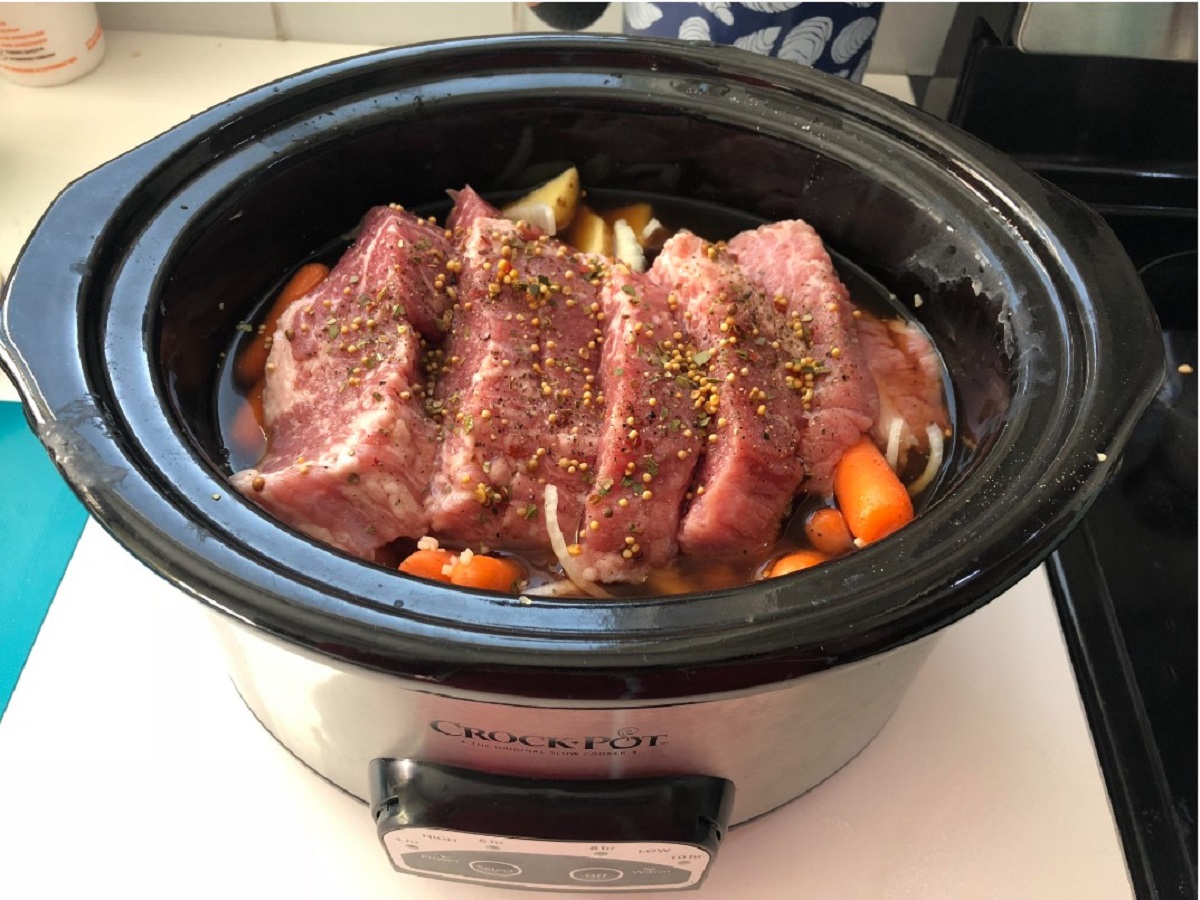
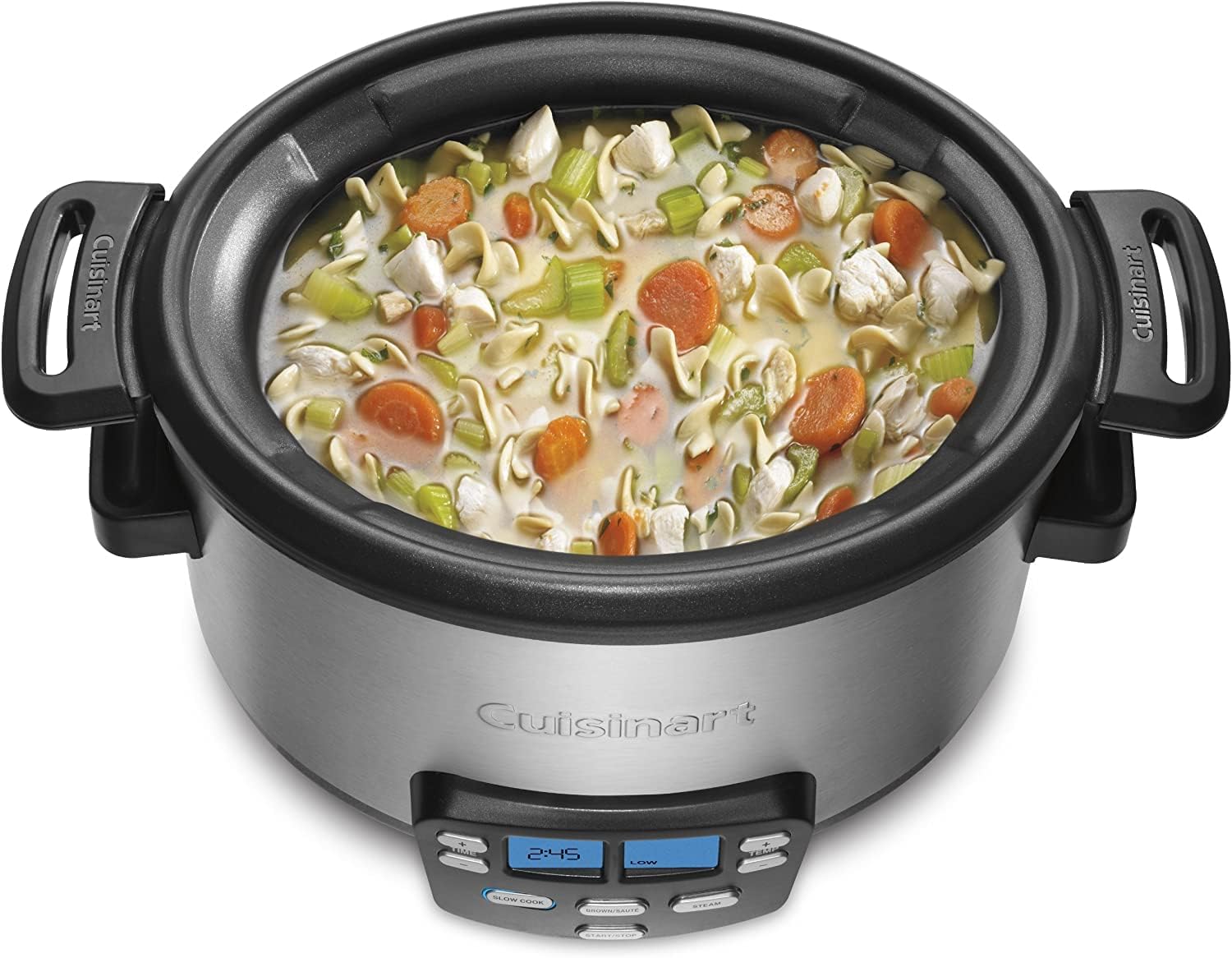

0 thoughts on “How Do You Use A Slow Cooker”